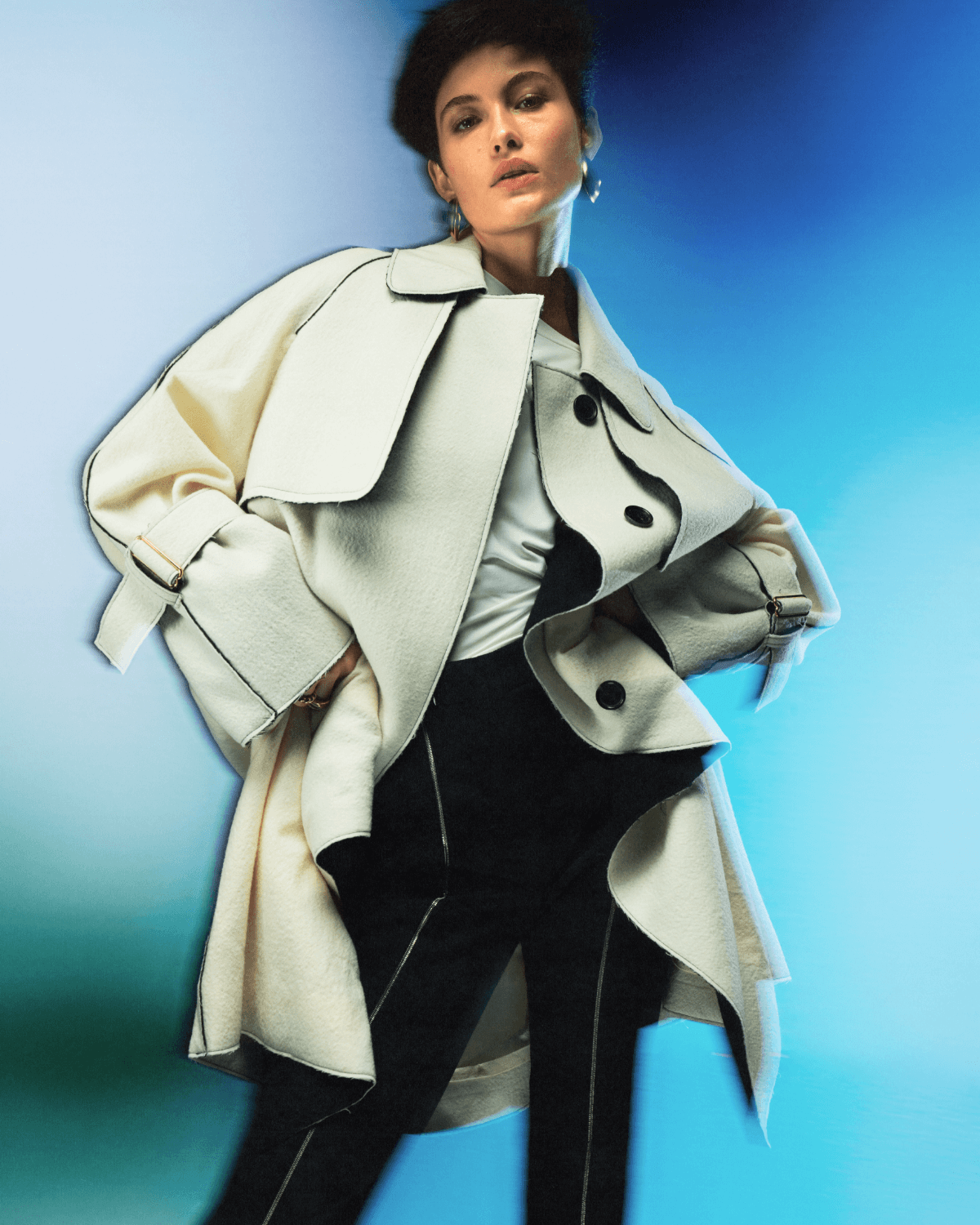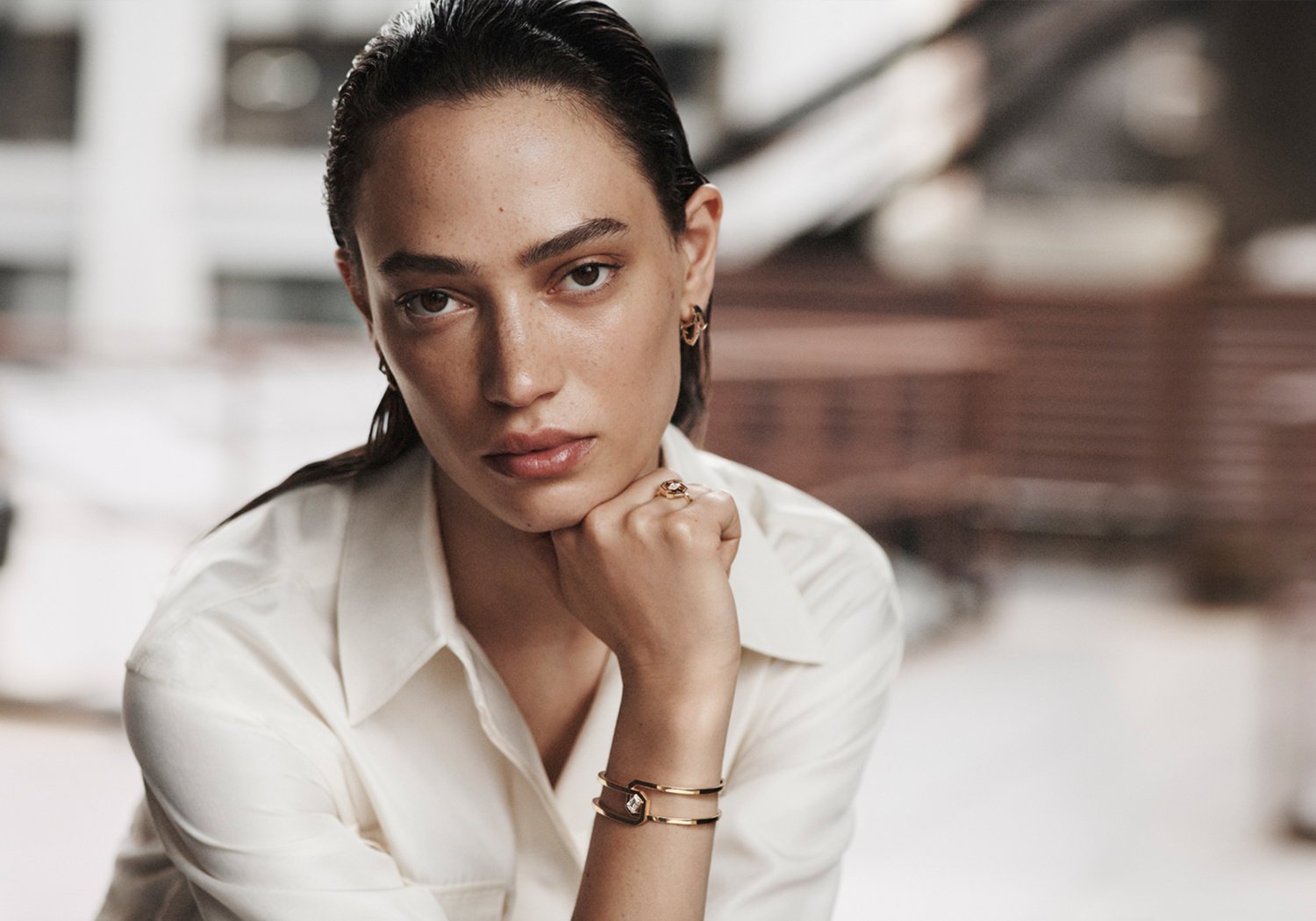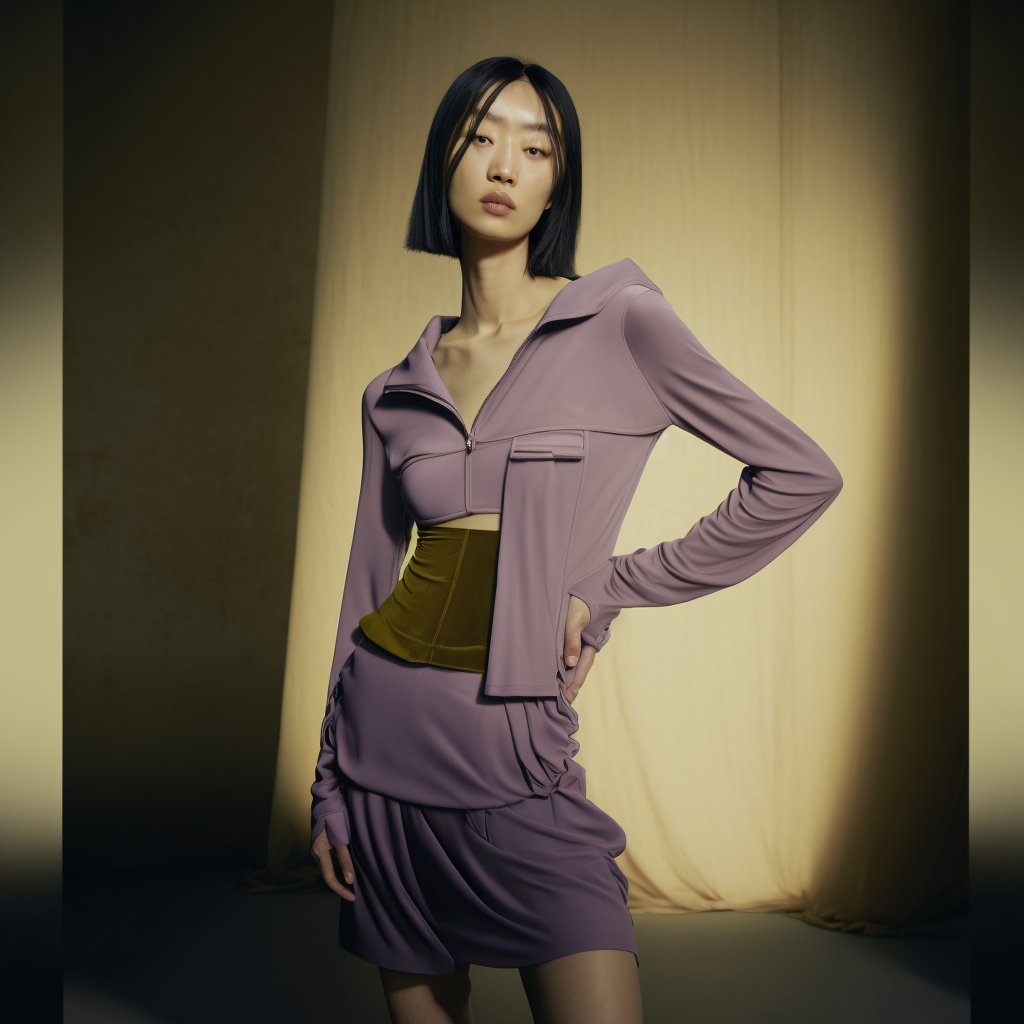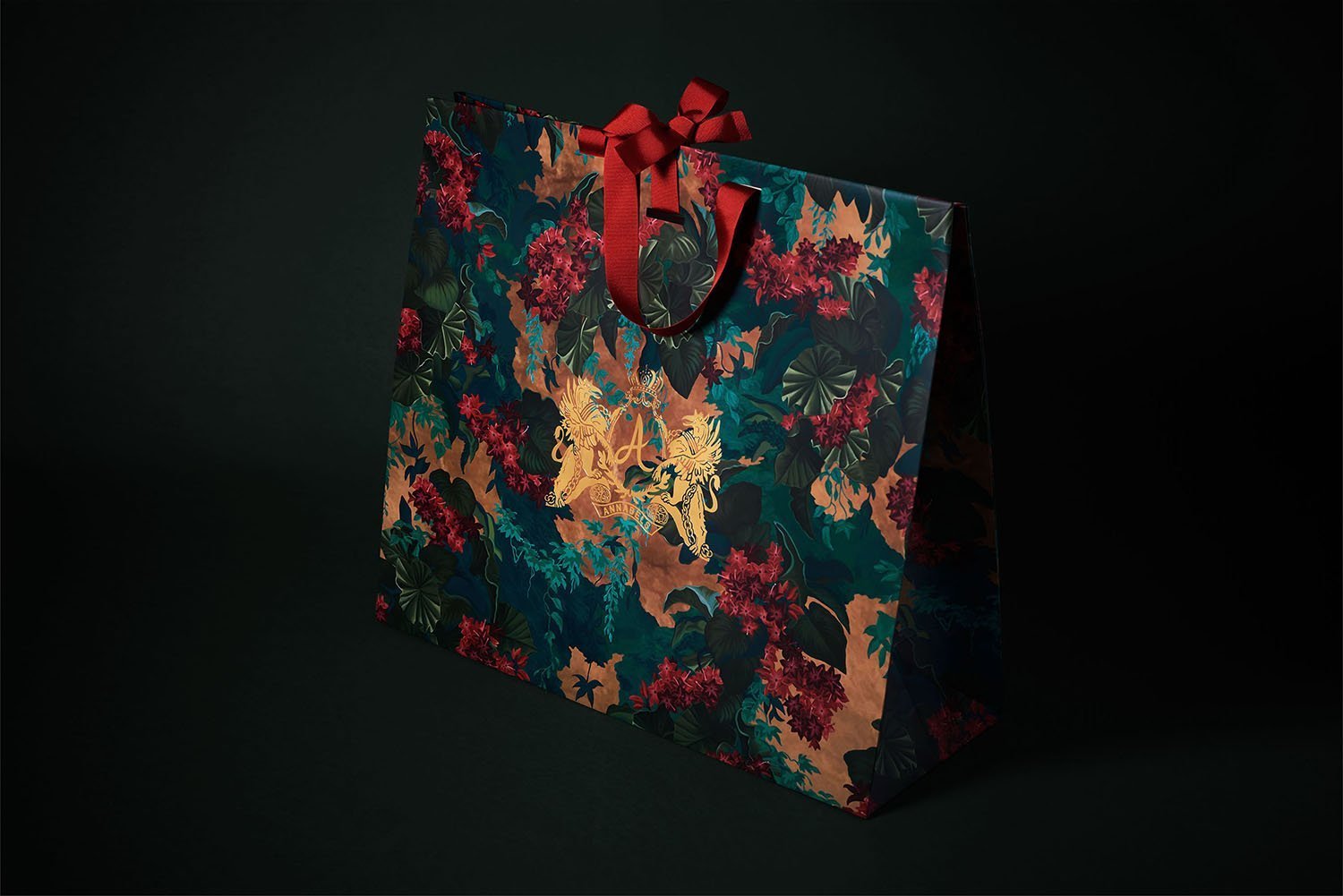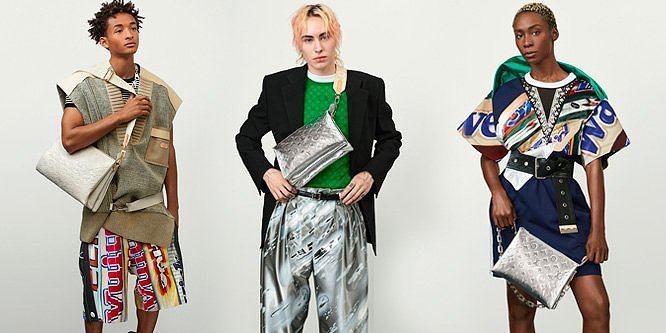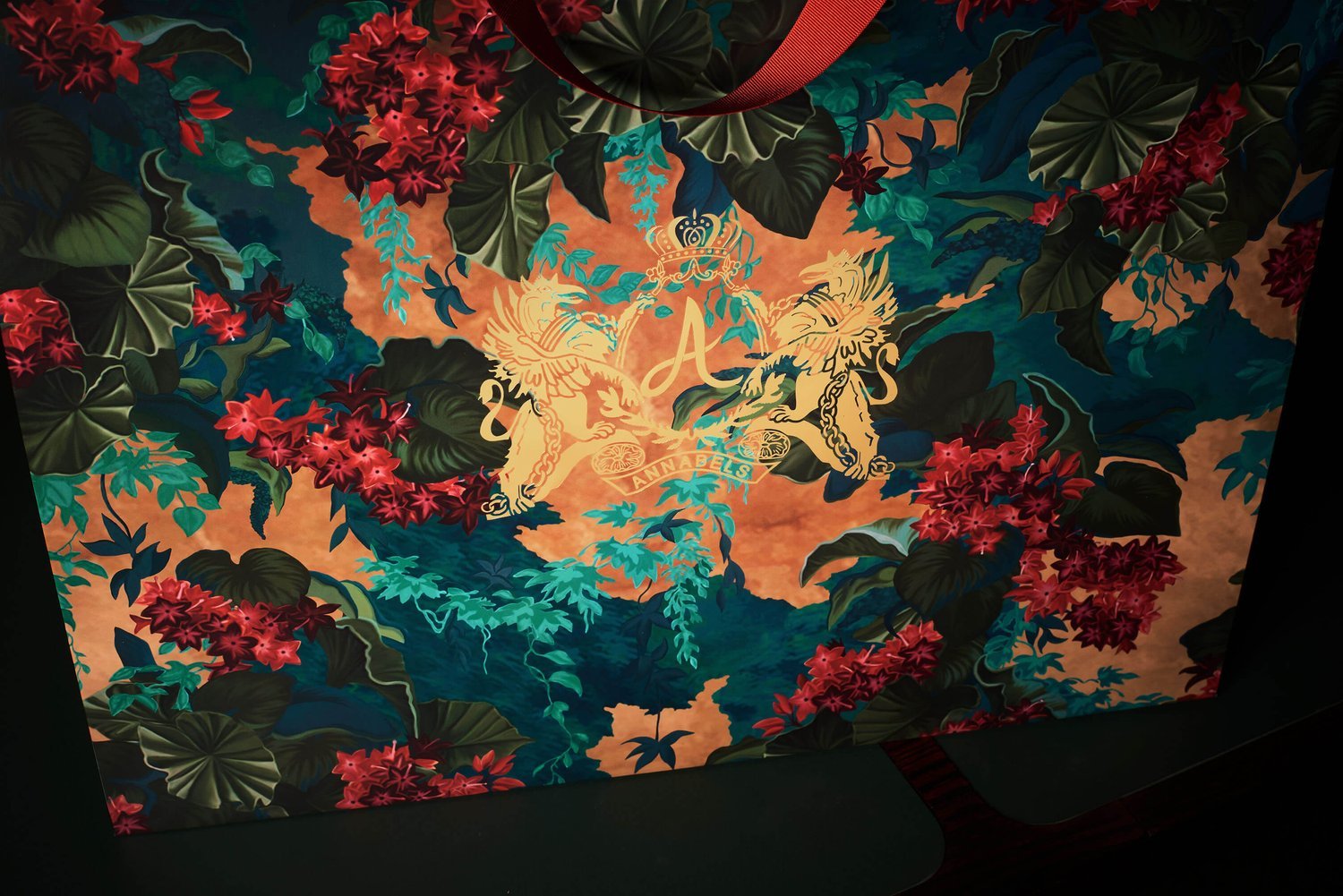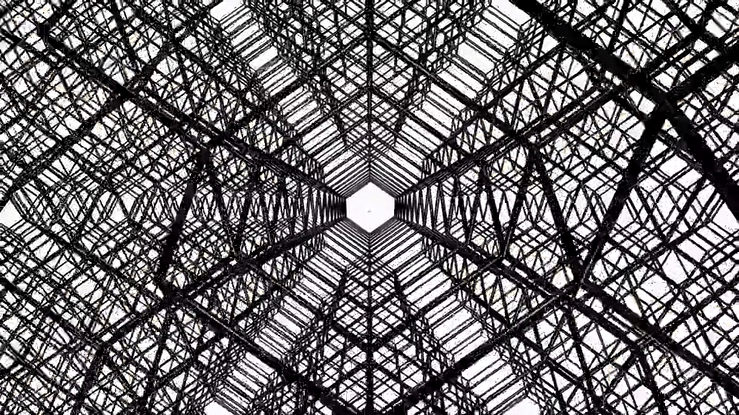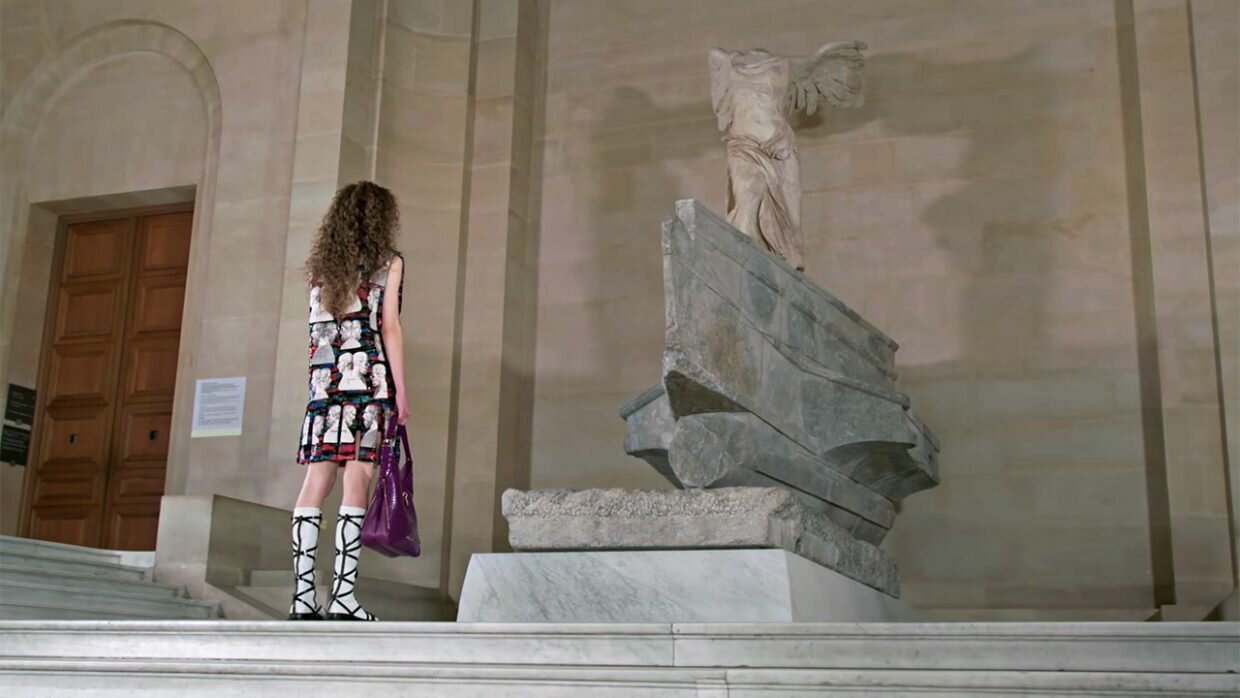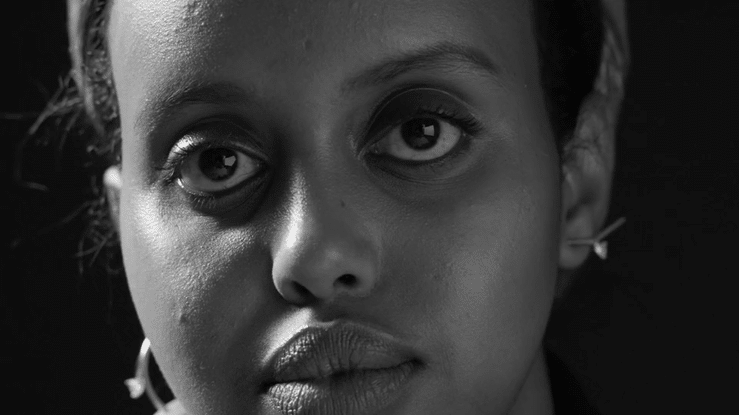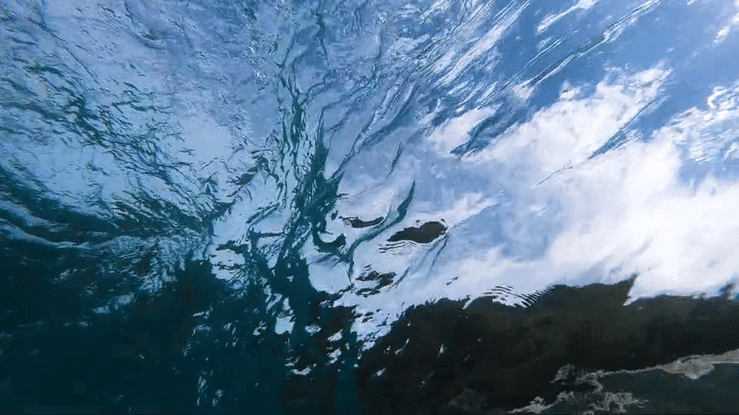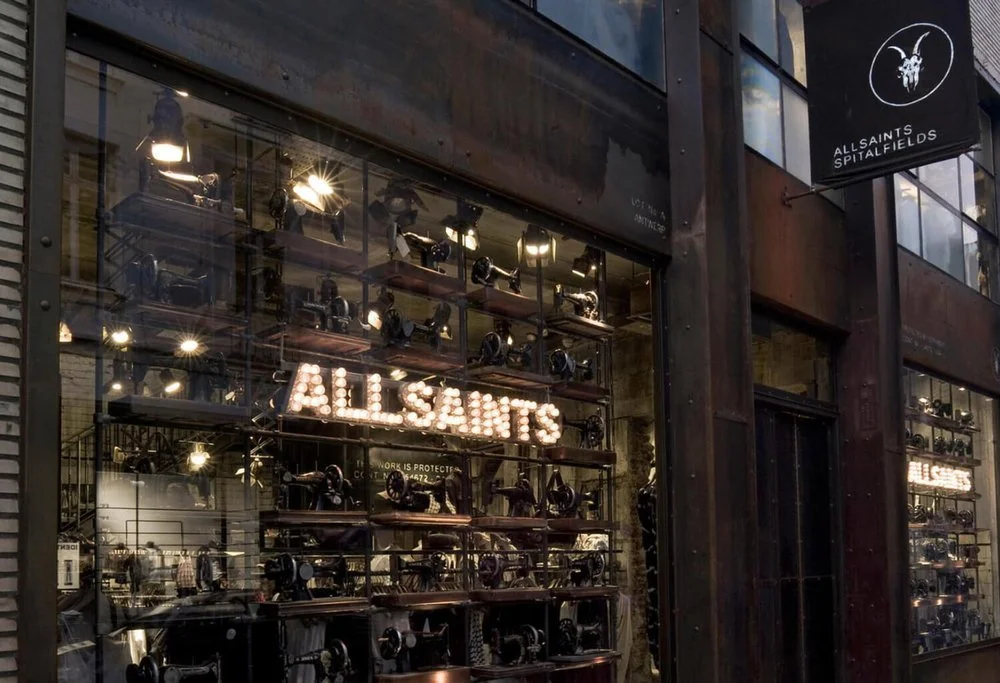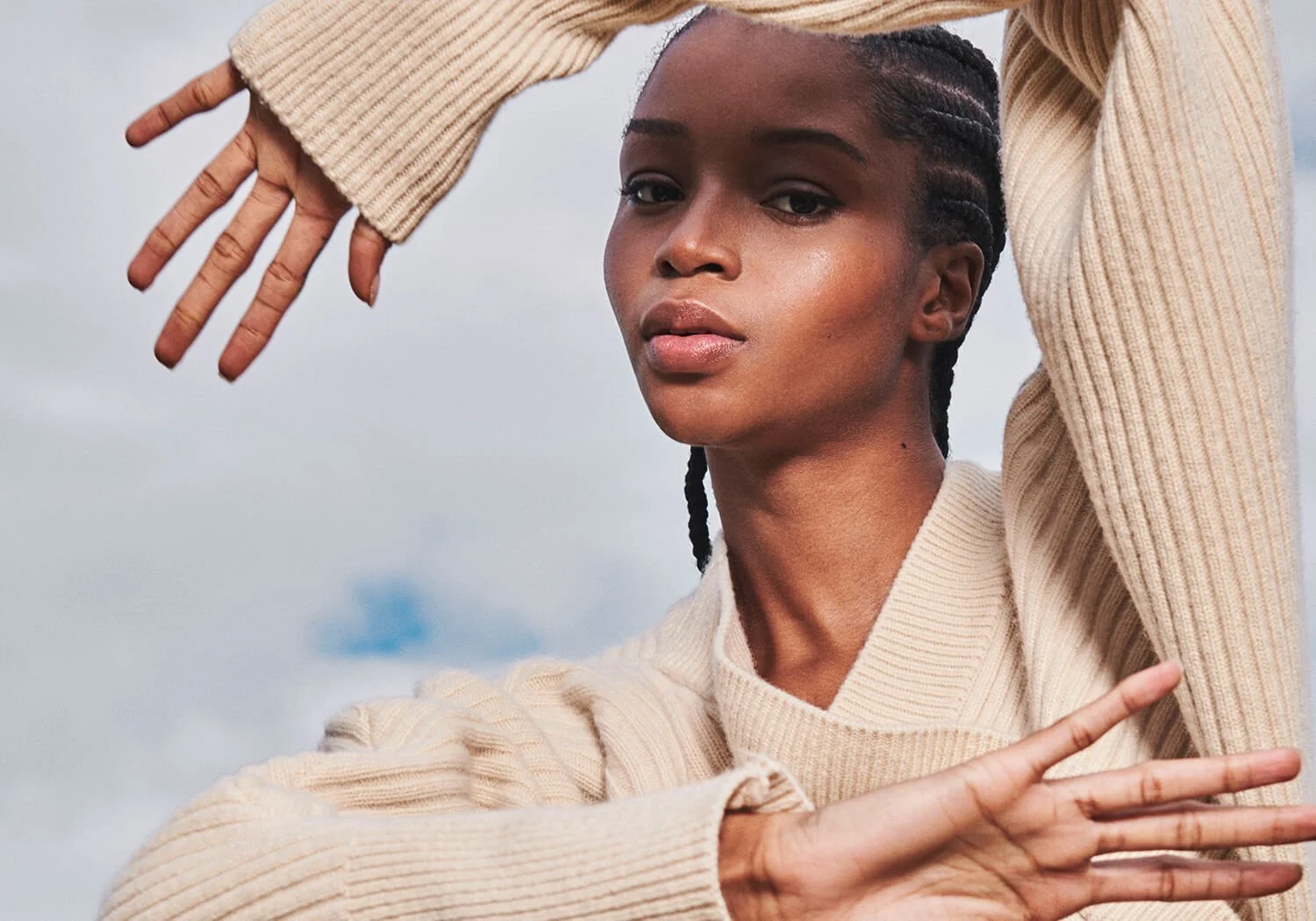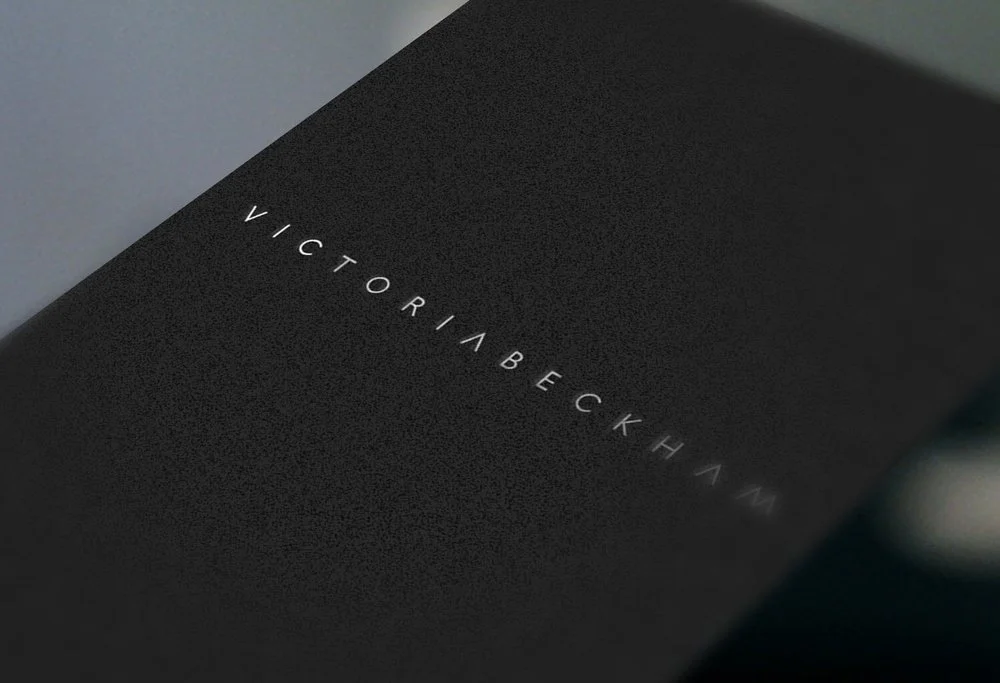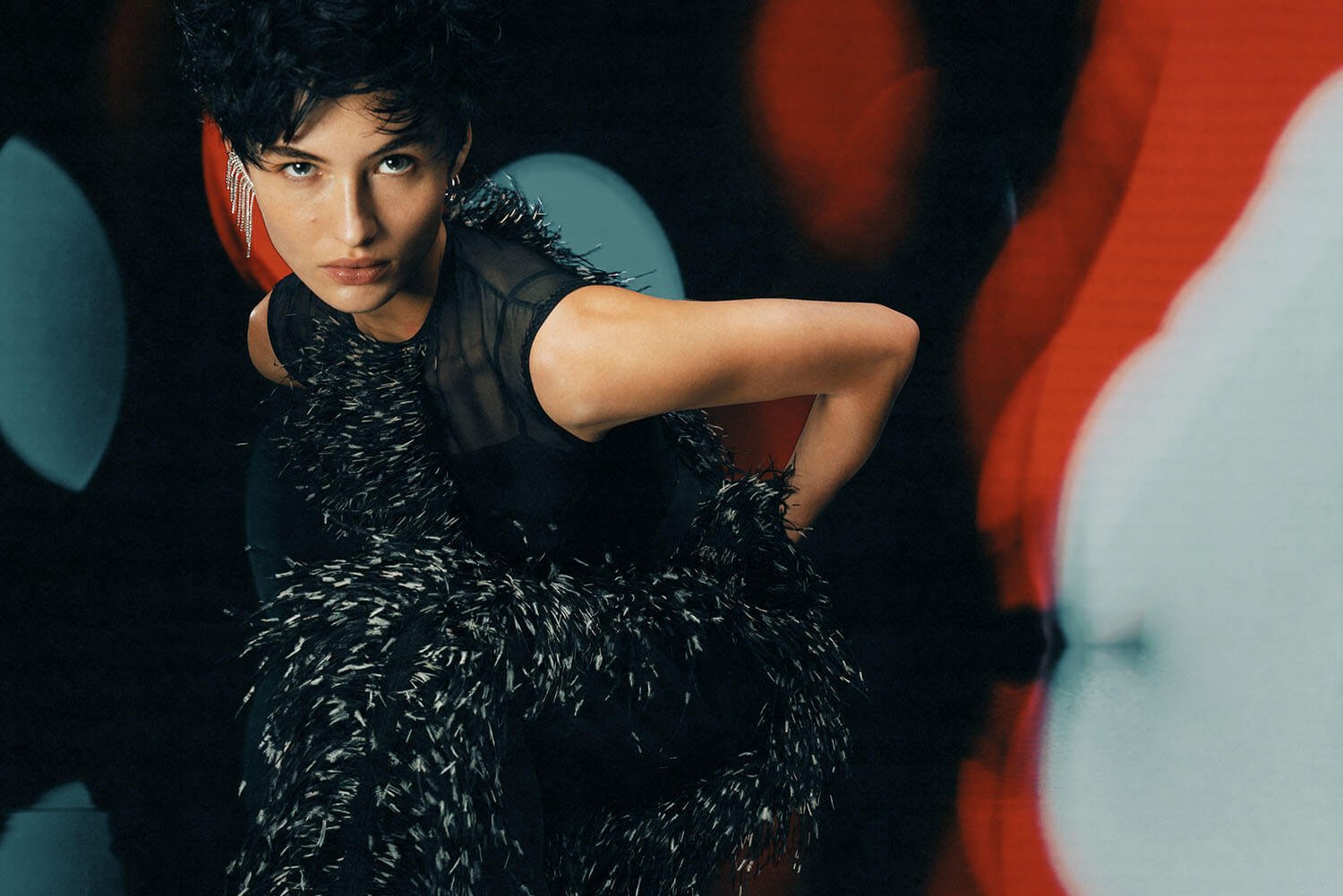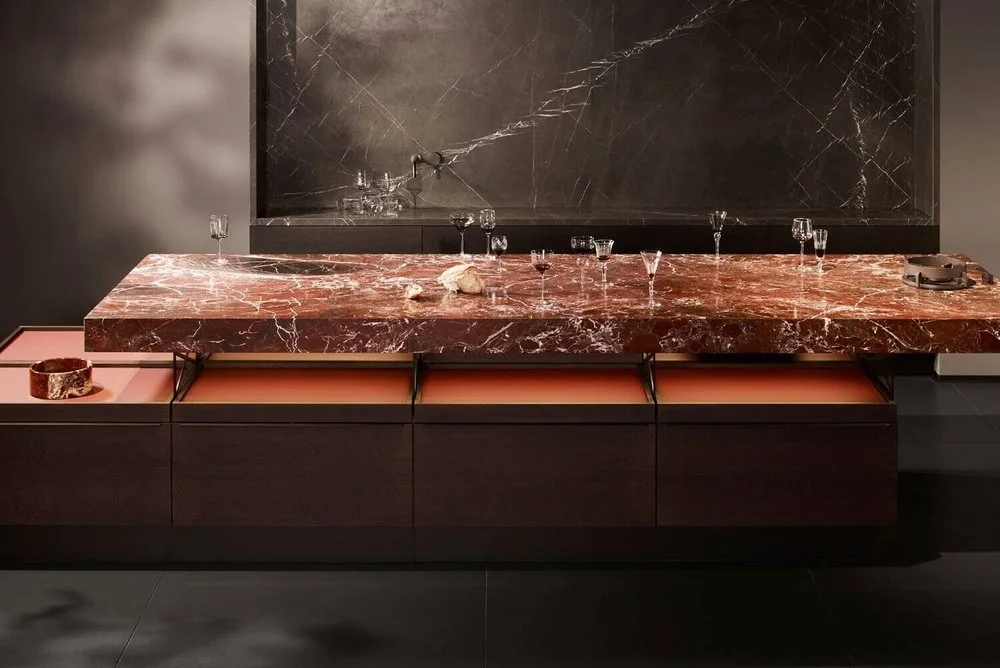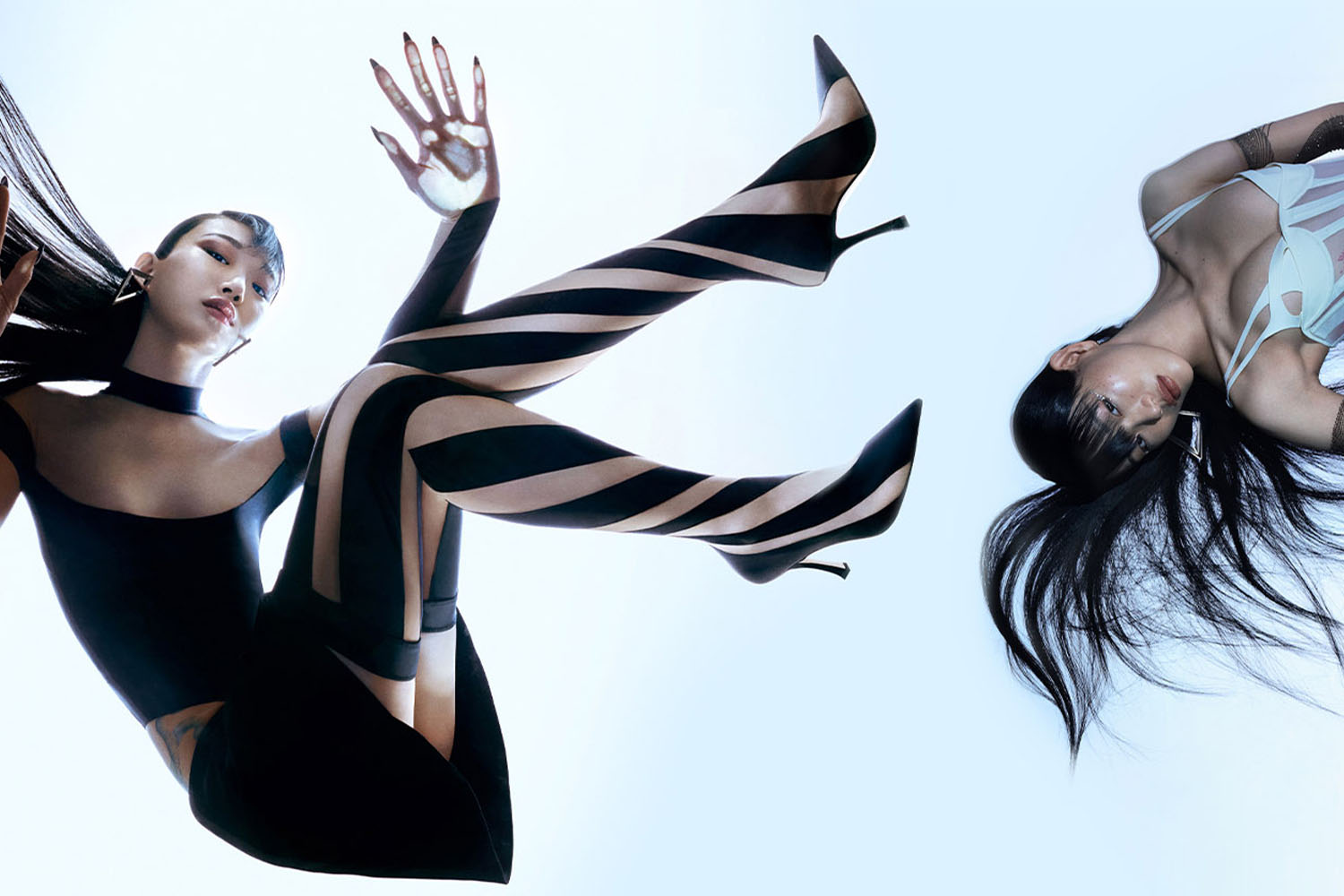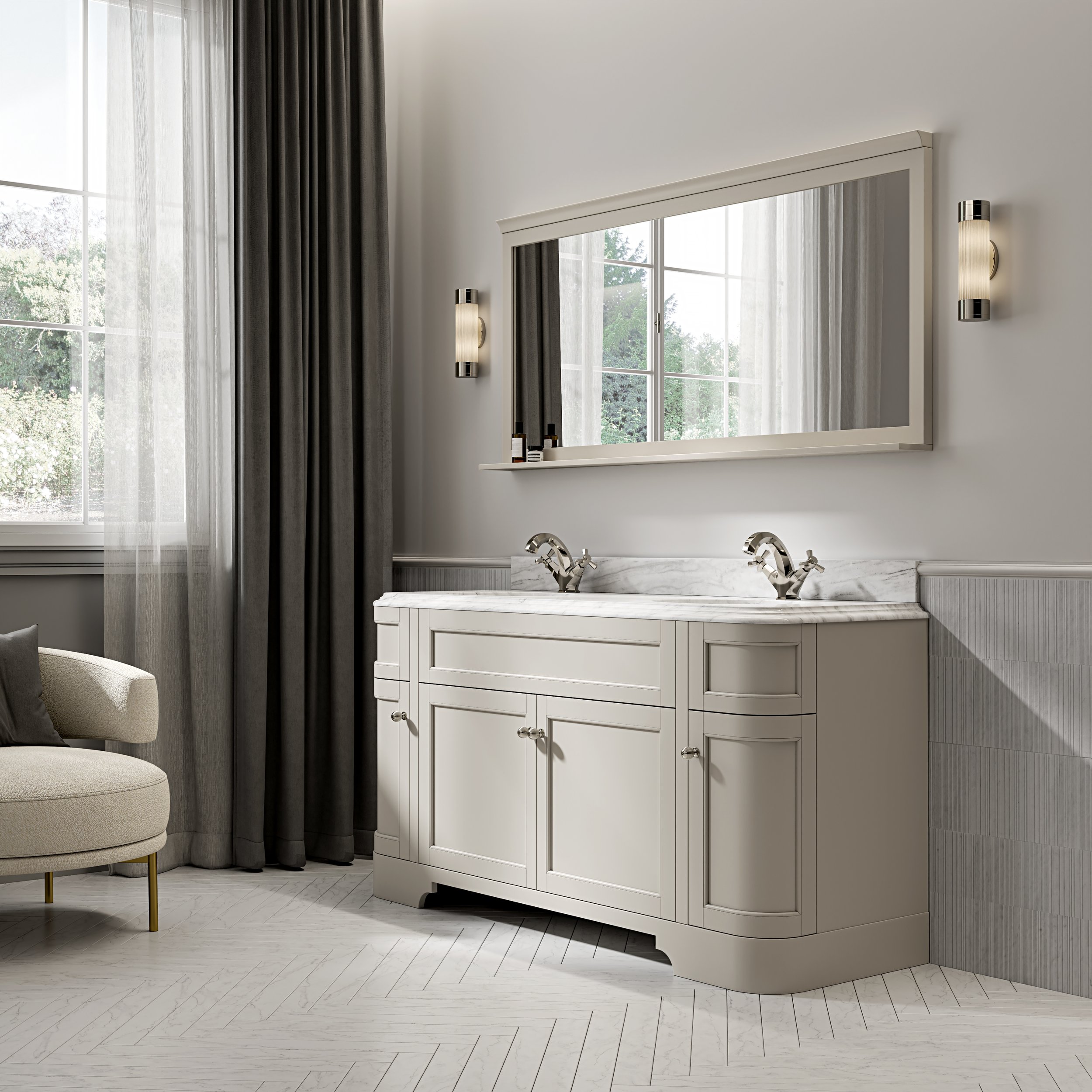
INSIGHTS
FEATURED
In luxury branding, some brands lead with product quality, while others focus on image and storytelling. This article explores how the most successful names in luxury balance craft and culture to build long-term brand equity and lasting consumer appeal.
In an era defined by AI, templates, and instant digital branding, luxury brands are finding renewed power in the physical. This article explores why craft, materiality, and human intention matter more than ever in building enduring emotional connections.
A luxury brand identity is more than a logo – it is the visual language that communicates strategy through detail, restraint and craft. From typography to digital expression, the strongest systems create trust by feeling inevitable. Explore our approach to luxury brand strategy.
How bespoke has shifted from handcrafted exclusivity to purpose-led personalisation - and what this evolution means for luxury brands in 2025. Linked to our work in luxury brand strategy.
How brand strategy, identity, service and storytelling come together to shape high-end hospitality experiences across hotels, clubs and wellness spaces.
Helping Indian designers transform local craft into globally recognised luxury - with digital strategy, brand identity and storytelling.
Exploring the fast-evolving Gulf luxury market, and how a luxury branding agency can help global brands resonate with audiences across Saudi, UAE and Kuwait.
Why lab-grown diamonds thrive in accessible luxury but struggle at the top. SUM explores the market dynamics, branding cues, and future opportunities for jewellery brands entering this evolving category.
Luxury branding is evolving quickly, yet strategy remains the foundation. In a digital age of speed and distraction, it provides the clarity and consistency that build long-term value. Discover SUM’s approach to luxury brand strategy.
Exploring the tension between AI innovation and human authenticity in luxury. SUM considers how generative AI could support, but not replace, the craftsmanship and storytelling that define true luxury.
How new luxury brands can earn credibility through authenticity and craft — without waiting 100 years for heritage to happen.
Discover how Gen Z is redefining luxury fashion. SUM Design explores new expectations, shifting aesthetics, and branding approaches tailored to this evolving luxury consumer.
Can a luxury brand be both exclusive and inclusive? We explore how high-end positioning can coexist with a modern, diverse brand strategy.
How a renewed appreciation for global craft is reshaping luxury — from heritage ateliers to emerging artisan communities worldwide.
Simon Woolford comments on Baccarat’s $25k Pokémon collaboration — and what it signals about the fusion of pop culture and luxury branding.
How brands can preserve emotional connection in digital spaces — and create luxury content that truly feels human.
How luxury brands can evolve fast without losing strategic depth — and why core brand clarity matters more than ever.
Why lasting relevance — not green credentials — should guide luxury brand naming for long-term impact and differentiation.
How fashion brands used cultural institutions to stay visible during lockdown - blending physical spectacle with digital reach and storytelling.
Why post-pandemic consumers are craving physical, sensory brand experiences - and how luxury is evolving to meet that need.
Across the globe, luxury has been synonymous with status. But in today’s market, restraint speaks louder than excess—and branding must reflect that shift.
How circular design principles are reshaping luxury branding — from material innovation to storytelling and long-term brand strategy.
IN THE PRESS
Featured articles and recent thinking:
From Heritage to Horizon: Designing Luxury Brand Strategy for the Next Generation
Luxury Lifestyle Magazine – How enduring brands evolve without losing authenticity.
The New Language of Modern Luxury Branding
Luxuo – Exploring the shifting aesthetics of global luxury communication.
The Craft of Luxury: Why Branding Is the Quiet Engine of Growth
CEO Weekly – Why precision, restraint, and clarity continue to drive long-term growth.
From Products to Places: How Luxury Branding Redefines Travel
House of Coco – On how brand storytelling transforms luxury experiences and destinations.
What It Takes to Make It in a Competitive Market
The Business of Luxury – SUM’s perspective on navigating modern brand creation.
Explore SUM’s specialist services for luxury brands:
Luxury Branding, Luxury Brand Strategy, Luxury Marketing Agency, Luxury Digital Branding, Fashion Branding Agency, Boutique Branding Agency, Luxury Jewellery Branding, Luxury Hospitality Branding, Middle East Luxury Branding, and Luxury Naming & Rebranding.
SELECTED PROJECTS
-
![Jimmy Choo campaign thumbnail – high-impact lifestyle imagery and brand storytelling by SUM Design]()
JIMMY CHOO
-
![Sabyasachi campaign image – high-end fashion branding and photography direction by SUM Design]()
SABYASACHI
-
![AllSaints Spitalfields store exterior – retail branding and visual merchandising strategy by SUM Design]()
ALLSAINTS
-
![CERTÉ luxury lifestyle visual – brand mood imagery and positioning by SUM Design]()
CERTÉ
-
![NÔSA luxury interior concept – brand development and product visualisation by SUM Design]()
NÔSA
-
![Fabric of Society campaign – brand identity and fashion storytelling by SUM Design]()
FABRIC OF SOCIETY
-
![]()
KŌRARU
-
![Victoria Beckham branding by SUM Design – minimal, high-end visual identity for luxury fashion]()
VICTORIA BECKHAM
-
![MWAZ fashion campaign – creative direction and luxury brand development by SUM Design]()
MWAZ
-
![Interior of a modern lounge bar with teal velvet seating, geometric wall panels, and illuminated ceiling design.]()
BOUJIS
-
![Annabel’s packaging design – bespoke luxury print and brand experience by SUM Design]()
ANNABEL'S
-
![Two women in black sheer lingerie sitting on a ballet barre in a dance studio with sunlight streaming through the windows.]()
LA PERLA
-
![Black and white photo of a woman with dark hair and rings on her fingers, looking directly at the camera with her hand resting on her face; text overlay reads 'ÂME' and 'ame.jewelry'.]()
ÂME
-
![A modern sideboard with a red and black marble top, decorated with several empty wine glasses and small bowls, situated against a dark wall with a marble panel.]()
POGGENPOHL
-
![Snow-capped mountain peaks at sunset with the text "Ridge Club Montreux" overlaid.]()
RIDGE CLUB
-
![Close-up of a woman's face and shoulder, with curly hair, wearing a black choker necklace with a pendant.]()
OTIUMBERG
-
![Two women lying on their sides with legs crossed, wearing fashion-forward outfits and thigh-high striped stockings, photographed from a low angle against a pale background.]()
VITKAC
-
![Bathroom with a white vanity, marble countertop, large mirror, wall-mounted light fixtures, window with curtains, and beige flooring.]()
HADDON







